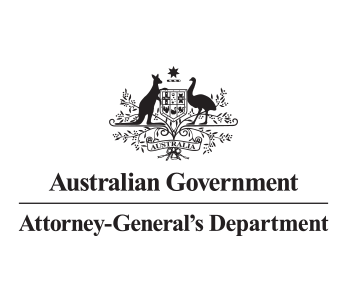Control fraud and corruption risk
On this page
The Australian Government takes fraud and corruption extremely seriously. Fraud and corruption are growing societal and economic issues that are increasingly affecting individuals, businesses and governments across Australia and around the world. If not effectively controlled, fraud and corruption can undermine the objectives of every Australian Government entity in all areas of their business. This includes:
- delivery of services and programs
- policy-making
- regulation
- taxation
- procurement
- grants
- internal procedures.
Organisations can substantially minimise the risks and impacts of fraud and corruption by taking a systematic and considered approach to managing them.
Because fraud and corruption continually evolve, we also must continue to innovate and evolve our controls and control frameworks to deal with this problem.
Controlling fraud and corruption risk explained
We have developed the Controlling Fraud and Corruption Risk Leading Practice Guide to help Australian Government officials better understand the factors that lead to fraud and corruption, and provide strategies to mitigate the probability of these risks occurring. This includes understanding:
- why people commit fraud or act corruptly – the drivers or factors that influence a person’s decision to commit these acts
- how people commit fraud or act corruptly – the tried and tested methods that people use to mislead or exploit the system
- the science of controlling fraud and corruption – the intentional approach to influencing the elements that lead to fraud, corruption and crime in general
- the different control strategies that we can put in place to deliver defence in depth and reduce the risk of fraud and corruption
- how to design fraud and corruption controls, including principles of co-design, technical requirements, and how to develop proportionate and cost-effective controls
- how to control risks in common types of programs, activities and functions, such as procurement, grants, and disaster relief and recovery
- how to record, monitor and review controls.
Fraud and corruption can cause significant financial, reputational and other harms to our government programs, our communities, our industries and our environment. Effectively managing these risks with a focus on prevention will help to avoid these harms and maintain trust and confidence in government.
Resources
Controlling Fraud and Corruption Risk Leading Practice Guide
The Controlling Fraud and Corruption Risk Leading Practice Guide is designed to help Australian Government officials better understand the factors that lead to fraud and corruption, and provide strategies to mitigate the probability of these risks occurring and the harm they cause.

